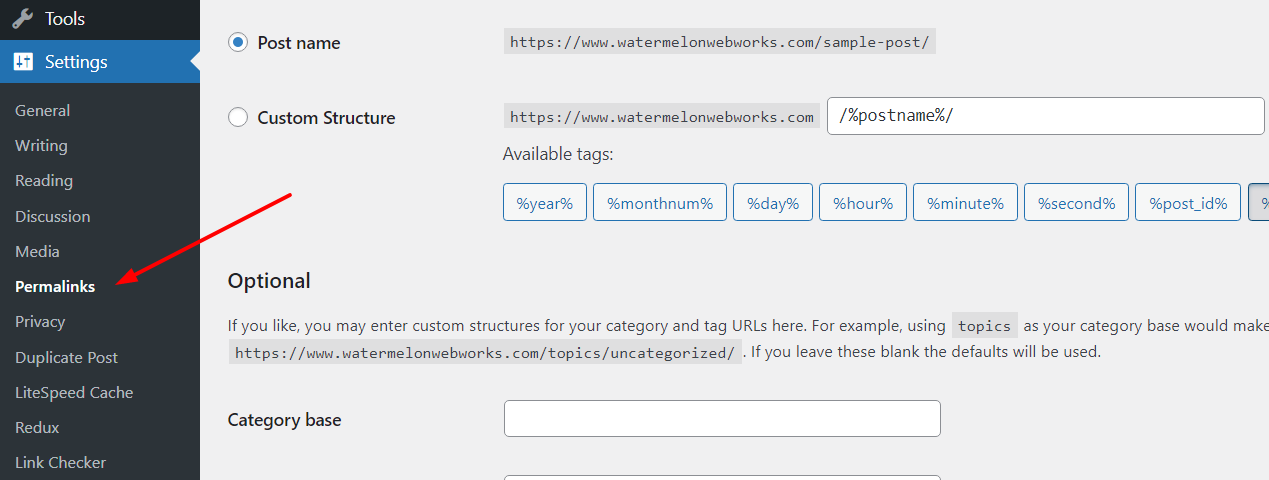3 most common page heading mistakes and how to avoid them
What is an HTML heading? Let’s start with the basics. A web page is written in a markup language and one of the most basic markup elements is a hierarchy of headings. The top heading being H1 followed by H2, H3 and all the way down. The headings are used to create a page structure, … Read more










